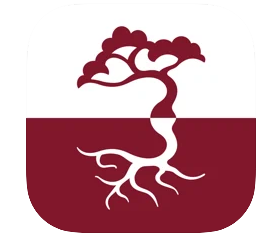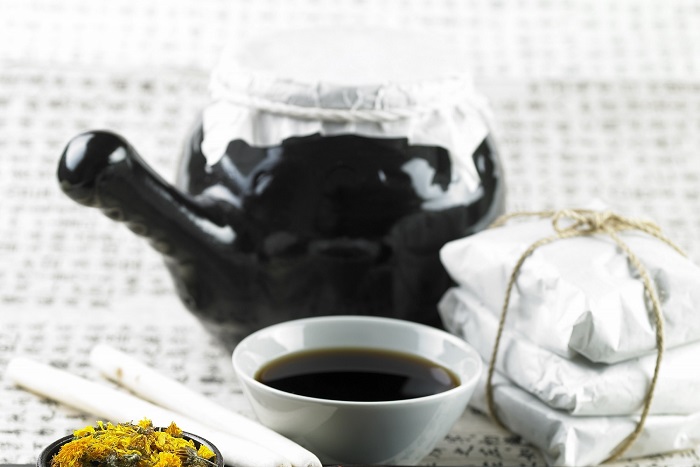Huang Di Nei Jing (黄帝内经,The Yellow Emperor's Inner Canon), is one of the earliest classics to expound on the practice of TCM. It established the fundamental principles and basic understanding of TCM. Huang Di Nei Jing is believed to be the source for the subsequent developments of TCM. It may be originated in between the Qin Dynasty (秦朝,221 – 206 B.C.) and the Western Han Dynasty (西汉,206 BC–9 CE).
Shang Han Za Bing Lun (伤寒杂病论, Treatise on Febrile and Miscellaneous Diseases) is the TCM masterpiece written by Zhang Zhong Jing, one of the most eminent Chinese physicians in Han Dynasty. The masterpiece covers diagnosis, pattern differentiations, treatment principles and effective prescriptions for febrile and miscellaneous diseases. It was later divided into two books - Shang Han Lun (伤寒论, Treatise on Febrile Diseases) and Jin Kui Yao Lue (金匮要略, Essential Prescriptions of the Golden Chamber). The former covers febrile conditions, while the latter covers miscellaneous internal diseases.
Ben Cao Gang Mu (本草纲目, Compendium of Materia Medica) is written during the Ming Dynasty (1368- 1644) by Li Shi Zhen, who is regarded as one of the greatest physicians in the history of TCM. The book is the most comprehensive material medica with details of 1,892 Chinese medicines, 1,160 illustrations, 11,096 prescriptions, general medical data and historical information. It remains as the most important reference for Chinese herbal medicine.




